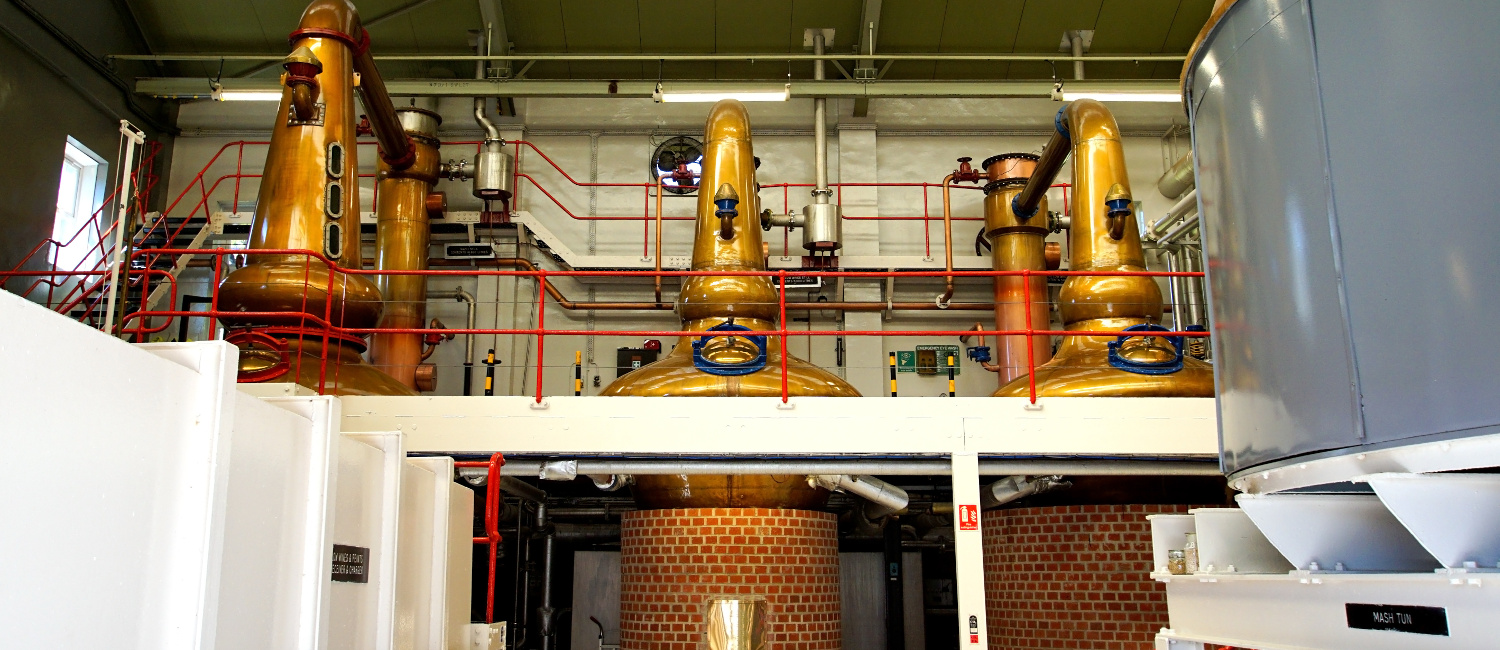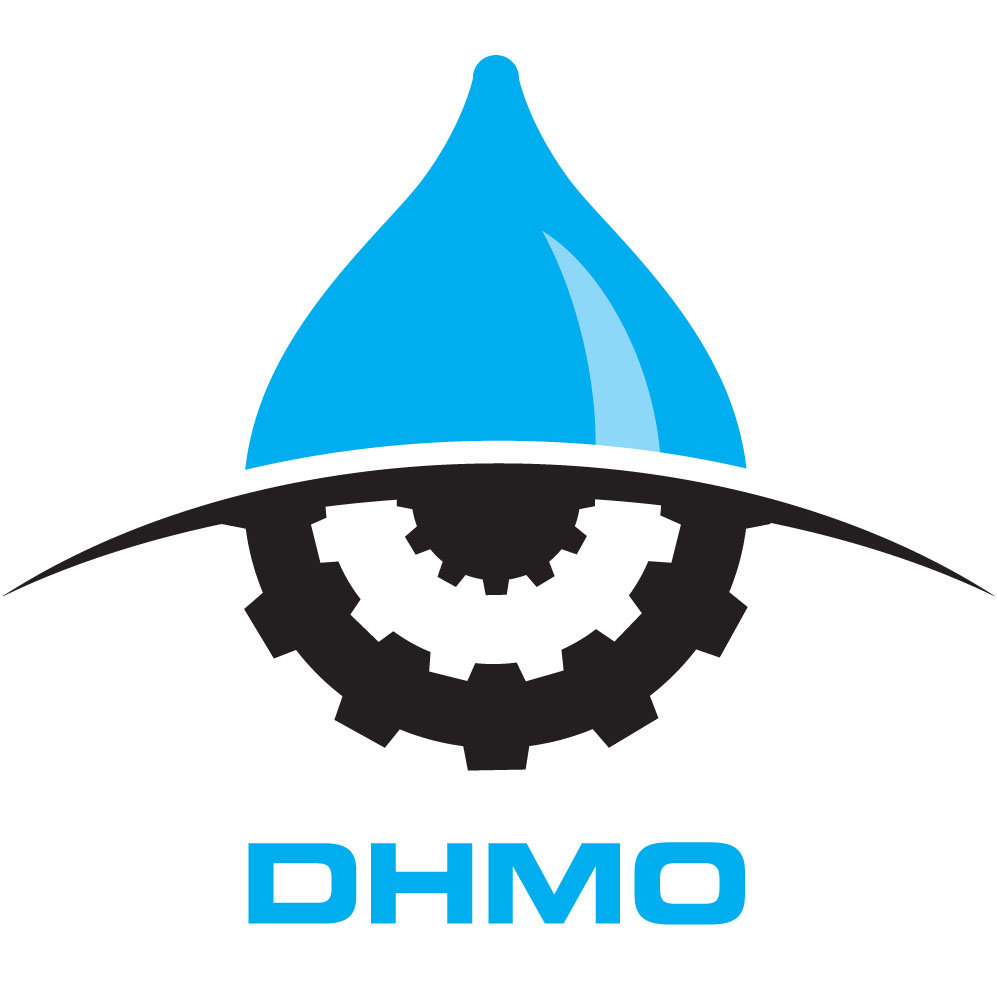
How distilleries can optimise wastewater
Whisky is famous the world over and Scotland’s distilleries which make it are an important part of the national economy - as visitor attractions as well as for the tax income and jobs whisky sales generate.
One of the reasons Scotch whisky is so good is thanks to the quality of the Scottish water which goes into it. So distilleries can and are doing what they can to minimise waste of that abundant natural resource.
But it’s not just out of a warm-hearted desire to avoid wasting a drop - rising water costs can greatly impact profit and success, so making the most of the water you use should be an important part of your business plan.
The rise of environmental concerns among consumers and business organisations also means greater scrutiny of how companies they buy from manage their use of natural resources, both by them and the media.
The same concerns apply to distilleries producing other spirits such as vodka and gin, which have increased in popularity over the last few years.
The challenges
Organic materials and solids in distillery wastewater typically include remnants of the vegetable, plant or grain being used, as well as water. Discharged wastewater needs to be monitored for carbon and organic pollutants as well as suspended and dissolved solids.
Large volumes of water are used in the production of the spirit, plus some in the cleaning of the equipment and stillhouse. Water easily carries material to the waste discharge point.
Distillery wastewater may also contain heavy metals such as arsenic, copper, lead, mercury, nickel, zinc and cadmium - because distillation concentrates naturally-occurring metals in both the plants and water used in distillation. Such heavy metals are hazardous to plants and animals, so must be monitored. Particles from metal equipment and the floor can also cause metal contamination.
Wastewater from the making and cooling of the spirit as well as from distillery cleaning will contain nutrients. An algal bloom can be created in a river or body of water receiving distillery wastewater if levels of phosphorous and nitrogen get too high. The amount of potassium in distillery discharge water also needs to be monitored.
Solutions
Wastewater treatment and optimisation options include physical, chemical, physicochemical and biological methods.
Physical treatment – inexpensive physical treatment methods such as screening, flow equalisation mixing, flotation and sedimentation are used first. Adsorption on activated carbon is also widely used for the removal of colour and certain organic pollutants. Membrane-based nano-filtration and reverse osmosis processes can also be used to reduce the total dissolved solids and potassium content.
Chemical treatment - With chemical treatment, compounds such as chlorine, oxygen, ozone and permanganate can be added to the wastewater to oxidize the components into carbon dioxide, water, inorganic matter and other harmless products. Coagulation and flocculation processes are used for quick and cheap removal of suspended, inert, or undesirable colloidal materials.
Biological processes - biological treatment relies on the selection and growth of microorganisms to use the pollutants for growth and convert the organic material in the wastewater into simpler substances such as carbon dioxide and water in the presence of oxygen (aerobic treatment) or without it (anaerobic). Both aerobic and anaerobic systems are commonly used to treat distillery spent wash as distillery wastewater needs to undergo intensive treatment in order to meet regulatory guidelines.
Anaerobic treatment - anaerobic digestion is a natural process in which microbes work together in the absence of oxygen to transform organic waste into biomass and biogas. This can be also be used to produce energy, which can be reused in the distillery, reducing power costs. Anaerobic digestion is the most suitable option for the treatment of high-strength organic effluent.
Aerobic treatment - aerobic processes take place in the presence of oxygen and are an alternative method of treating the organic sludges produced by various treatment operations.
Bacterial treatment - bacterial cultures are sometimes used to treat distillery spent wash, including removing colour from it.
Algal treatment - prokaryotic, oxygen-evolving photoautotrophs (cyanobacteria) have been found to be useful for treatment of solid wastes and wastewaters containing phenol as they are able to metabolise and use these compounds as nitrogen, phosphorus, carbon, and sulphur sources
Phytoremediation - phytoremediation of wastewater is a low-cost technique used to remediate sites contaminated with heavy metals and toxic organic compounds. It metabolizes organic compounds such as oil and pesticides. They can also absorb and bioaccumulate toxic trace elements such as the heavy metals lead, cadmium and selenium. Aquatic plants have an excellent capacity to reduce the level of toxic metals, BOD, and total solids from distillery wastewaters. Aquatic weeds are also known to accumulate metals and other pollutants from the contaminated water. The water hyacinth has been found to be most effective an economical in removing many chemical pollutants, nutrients and heavy metals, from industrial wastewater.
Enzyme treatment - A large number of enzymes from a variety of different plants and microorganisms can play an important role in an array of waste treatment applications. Enzymes can act on specific pollutants by precipitation or transformation to other products. They can also change the characteristics of wastewater to make it simpler to treat or aid in converting waste material to value-added products.
Other water-optimisation techniques
Reuse wastewater – by treating and re-using wastewater on site, you can benefit from lower water supply costs and, in some cases, reduced wastewater costs. The degree of treatment and the combination of treatment options required will be dependent on the input and required output quality of water. Treatment options range from basic ultraviolet treatment to kill bacteria and basic filters and Disk stack separators to remove debris through to biological treatments such as dissolved air flotation or membrane filtration.
Reuse greywater – reusing greywater (water already used but no longer pure) can help reduce demand for fresh water (and so your bills) as well as reducing the volume of water discharged, boosting your green credentials.
Use water-efficient spray heads on hoses - all hoses used for washdown should be fitted with a trigger nozzle with variable heads to ensure water is not left running to drain when not being used and cleaning is as efficient as possible.
Based in Aberdeen, DHMO provides bespoke separation and filtration solutions to the Food & Drink industry. As well as supplying centrifuges, DAF Systems, and dewatering systems we offer businesses health checks, optimisation reviews and consultancy services.
For more information, please contact us directly.
